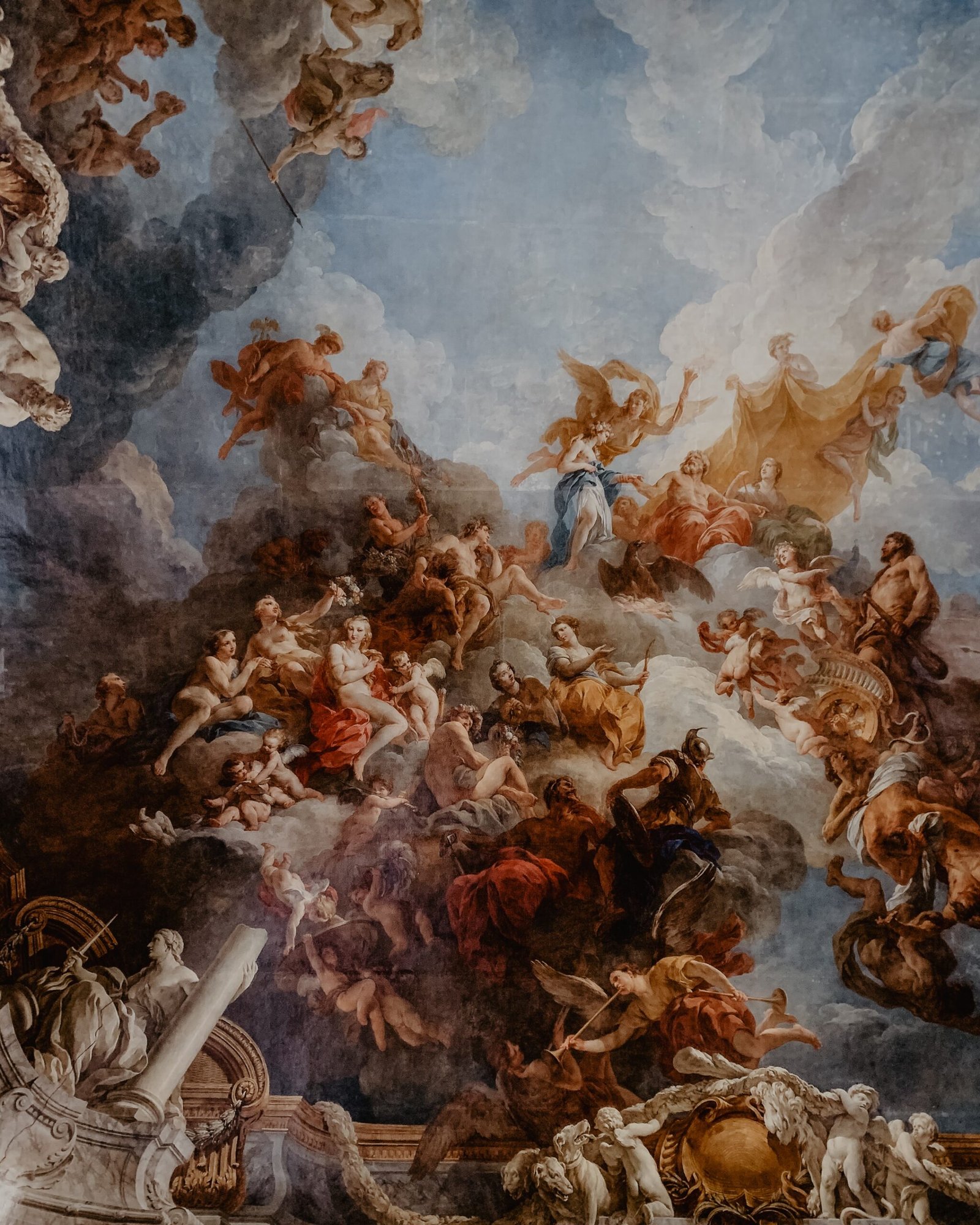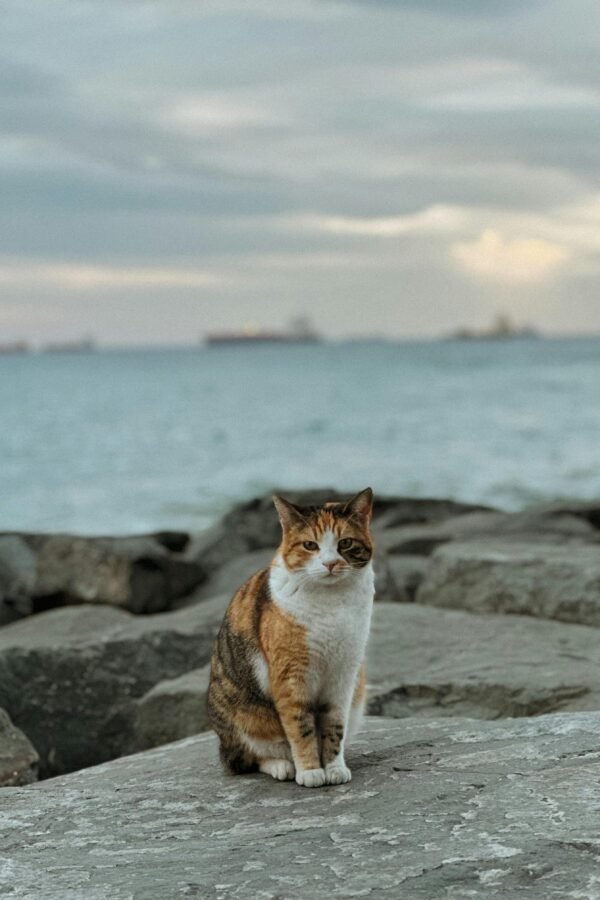Step right up! Sable Elyse Smith’s captivating exhibition, ‘FAIR GROUNDS‘, at Regen Projects in Los Angeles, reveals a fascinating connection between the carceral aspects of society and the world of entertainment. Through a combination of multimedia works, Smith explores the intersection of state oppression and the carnivalesque. From oversized black-and-white sculptures reminiscent of oversized jacks to disorienting optical illusions created by prison-themed visual signifiers, Smith’s artworks transform the detritus of the carceral state into contemporary spectacle. By reimagining the justice system through the lens of the carnival, Smith challenges our perceptions of power, creating a thought-provoking exploration of American law and its harmful consequences. Don’t miss the chance to experience this grotesque theater at Regen Projects until October 26th!
Overview
In Sable Elyse Smith’s exhibition at Regen Projects, titled ‘FAIR GROUNDS,’ the artist explores the theme of the carceral as carnivalesque. Through multimedia works, Smith delves into the complex relationship between entertainment and state oppression. The exhibition showcases various sculptures, visual signifiers of prison life, adaptations of children’s media, and a commentary on the grotesque theatre of American law. By examining these elements, Smith invites viewers to reflect on the narratives that construct and uphold power in society.
Sable Elyse Smith’s Exhibition at Regen Projects: Introduction to ‘FAIR GROUNDS’
Smith’s exhibition, ‘FAIR GROUNDS,’ at Regen Projects in Los Angeles delves into the concept of the carceral as carnivalesque. The artist uses multimedia works to explore the similarities between entertainment and state oppression. Through her artworks, Smith challenges the audience to consider the complexities of power dynamics in society.
Exploring the Carceral as Carnivalesque
Smith’s exhibition delves into the concept of the carceral as carnivalesque, highlighting the similarities between entertainment and state oppression. By blurring the lines between these two realms, Smith illuminates the ways in which the American legal system often morphs oppression into a form of entertainment. Through her artwork, Smith encourages viewers to reflect on the dark undercurrents that hide beneath seemingly harmless forms of entertainment.
The use of multimedia works
Smith employs multimedia works to convey her message in the exhibition. By utilizing various artistic mediums such as sculpture, photography, and video, she creates a layered and immersive experience for viewers. Through these multimedia works, Smith effectively communicates the complexities of the carceral system and its relationship to entertainment.
The relationship between entertainment and state oppression
Through her exhibition, Smith explores the intricate relationship between entertainment and state oppression. By highlighting the similarities between the two, she exposes the ways in which state oppression can be masked as entertainment. Smith’s artwork prompts viewers to critically examine the narratives fed to them through various forms of entertainment and to question the power dynamics at play within society.
BARRIER and BARRICADE: Description of the sculptures
One of the prominent artworks featured in Smith’s exhibition is the sculpture titled BARRIER and BARRICADE. These twin sculptures are formed from conjoined prison stools and serve as a powerful symbol of the carceral system. The sculptures not only reveal the specific design elements of prison furniture but also hint at the sinister side of entertainment. Through these sculptures, Smith challenges viewers to consider the ways in which seemingly innocuous objects can hold deeper meanings and implications.
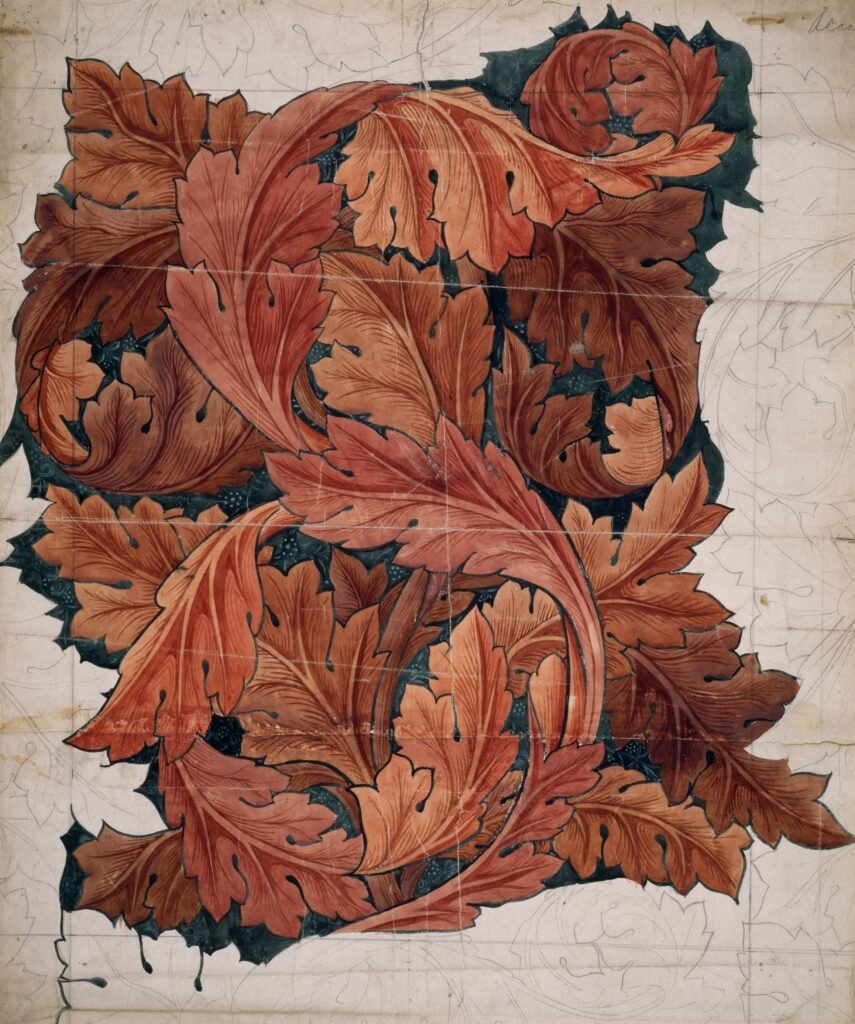
The symbolism of conjoined prison stools
The conjoined prison stools used in BARRIER and BARRICADE hold symbolic significance in Smith’s exhibition. These stools, which are designed to increase inmate visibility, represent the oppressive nature of the carceral system. By repurposing these objects in her artwork, Smith highlights the ways in which the system of incarceration is deeply intertwined with the idea of surveillance and control. The conjoined nature of the stools also evokes a sense of entrapment and restriction.
The sinister side of entertainment
Smith’s sculptures, including BARRIER and BARRICADE, shed light on the sinister side of entertainment. By repurposing objects associated with the carceral system, Smith prompts viewers to question the ethics and morality of forms of entertainment that may unknowingly perpetuate oppressive systems. Through her artwork, Smith encourages viewers to critically examine the entertainment they consume and to consider the potential hidden implications.
The Double Meaning of ‘FAIR GROUNDS’
The exhibition title, ‘FAIR GROUNDS,’ holds a double meaning that alludes both to a state fair and to the concept of justice. On one hand, it evokes the enclosed site of a state fair, which is often associated with joy and amusement. On the other hand, it references the idea of a just trial, emphasizing the importance of fairness and equality within the legal system. Through this double entendre, Smith invites viewers to question the notion of justice and fairness in society.
Allusion to a state fair
The title ‘FAIR GROUNDS’ alludes to the enclosed site of a state fair, known for its festive and joyful atmosphere. By referencing this context, Smith explores the notion of entertainment and its relationship to the carceral system. Through her artwork, she encourages viewers to critically examine the ways in which entertainment can act as a distraction from underlying forms of oppression.
Allusion to a just trial
In addition to the reference to a state fair, the title ‘FAIR GROUNDS’ also alludes to the concept of a just trial. Smith uses this double meaning to delve into the idea of justice and fairness within the legal system. Through her artwork, she prompts viewers to question the extent to which the legal system upholds these ideals and to consider the implications of its shortcomings.
Visual Signifiers of Prison Life
Smith incorporates visual signifiers of prison life in her exhibition to provoke thought and reflection. One example is the use of black-and-white stripes, reminiscent of the metal bars of prison cells. These stripes extend along the walls, creating an optical illusion that disorients the viewer. This disorientation reflects the ways in which the carceral system can distort perception and create a sense of confinement. Through these visual signifiers, Smith encourages viewers to consider the psychological impact of imprisonment.
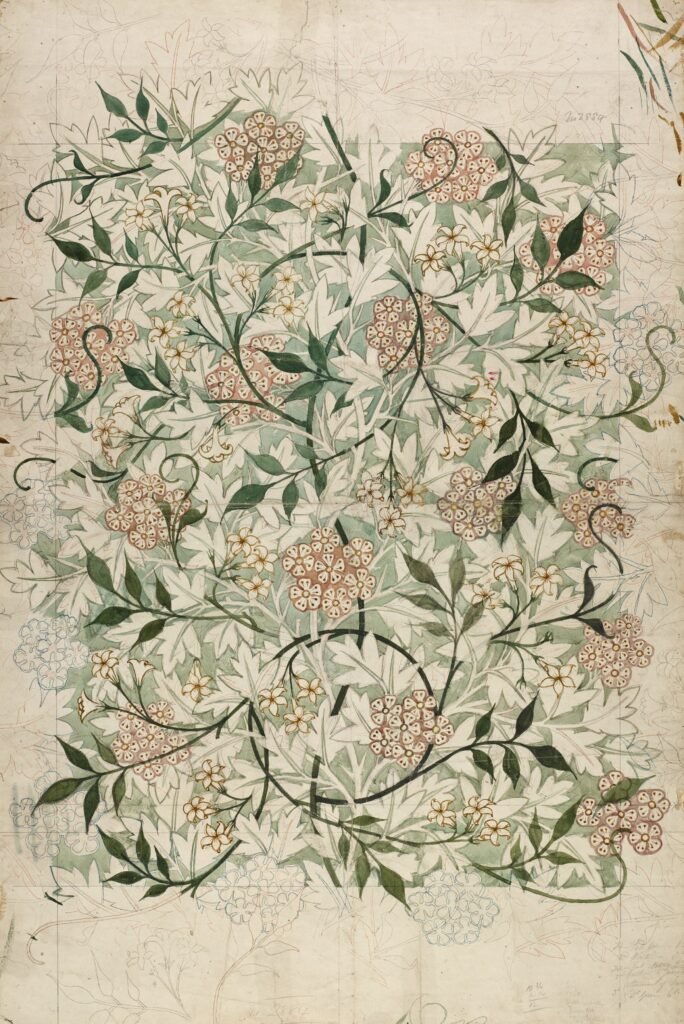
Black-and-white stripes and optical illusion
The black-and-white stripes used in Smith’s exhibition serve as visual signifiers of prison life. These stripes, reminiscent of the metal bars of cells, extend along the walls, creating an optical illusion. The waving and bending of the lines disorients the viewer, evoking a sense of unease and confinement. Through this disorienting effect, Smith challenges viewers to confront the psychological impact of imprisonment and the ways in which the system of incarceration can manipulate perception.
Photographic works and jail visitation
Smith incorporates photographic works into her exhibition that provide insight into the experience of jail visitation. These works repurpose snapshots of family members posing with inmates in front of scenic dioramas during jail visitation days. By showcasing these photographs, Smith sheds light on the complexities of maintaining connections with incarcerated loved ones. Through her artwork, she prompts viewers to consider the emotional toll of the carceral system and the human stories often hidden within it.
Transforming the detritus of the carceral state into contemporary spectacle
Smith’s use of multimedia works, including sculptures and photography, transforms the detritus of the carceral state into contemporary spectacle. By repurposing objects associated with the prison system and presenting them as art, Smith challenges viewers to confront the stark realities of incarceration. Through this transformation, Smith seeks to prompt critical reflection on the ways in which society engages with and consumes images of state oppression.
Adaptations of Children’s Media
Smith’s exhibition features adaptations of children’s media that subvert traditional narratives about the law. One example is the use of a coloring book to depict the justice system. Smith adapts pages from a coloring book meant to explain the judicial process to kids, adding her own artistic interventions. Through these adaptations, she critiques the oversimplification of legal concepts and hints at the prevalence of police brutality within the system.
Transforming educational narratives about the law
Smith’s adaptations of children’s media aim to transform educational narratives about the law. By adding her own artistic interventions to a coloring book meant to explain the judicial process, she challenges the oversimplification of legal concepts. Through her artwork, Smith encourages viewers to question the ways in which the justice system is taught to children and to consider the potential gaps and biases within these educational narratives.
The use of a coloring book to depict the justice system
In her exhibition, Smith utilizes a coloring book to depict the justice system in a carnivalesque manner. Through her artistic interventions, she subverts the traditional depictions found in children’s media. By repurposing the coloring book pages and adding her own imagery, Smith draws attention to the oversimplification of legal concepts and raises awareness about the darker aspects of the justice system.
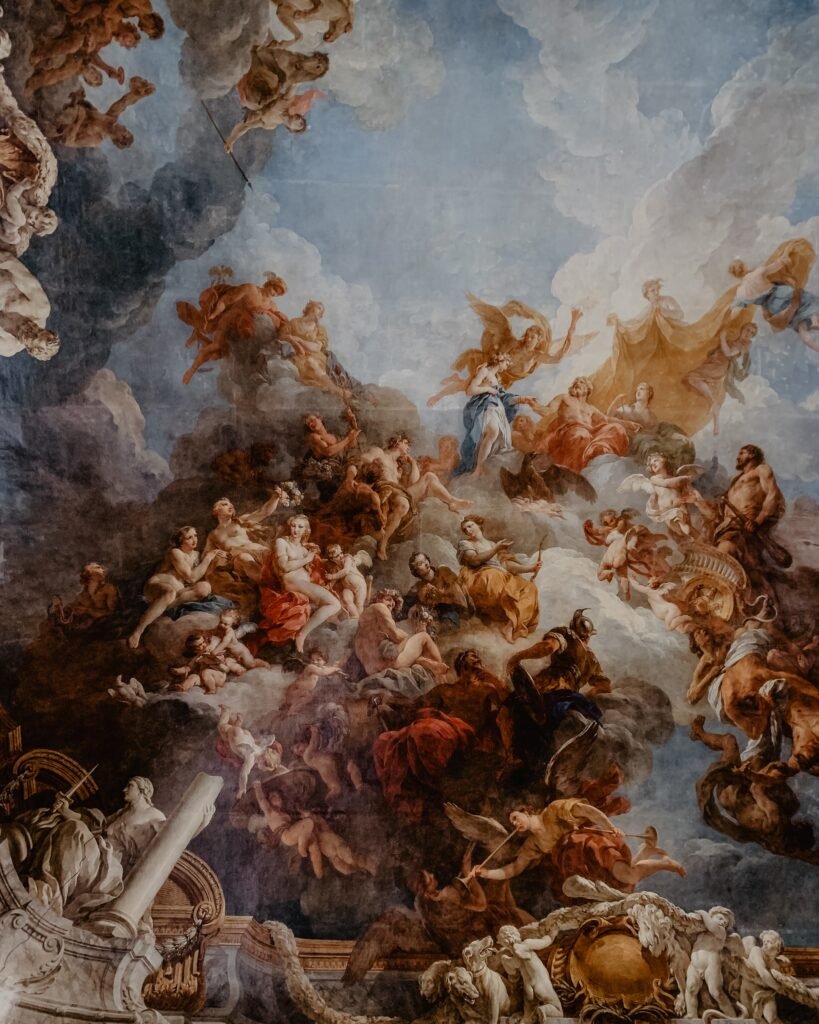
Hinting at police brutality
Smith’s adaptations of children’s media also hint at the prevalence of police brutality within the justice system. Through her interventions in the coloring book, she subtly references the issues of violence and abuse that can occur at the hands of law enforcement. By incorporating these hints into her artwork, Smith encourages viewers to question the integrity of the justice system and to confront the harsh realities faced by marginalized communities.
The Grotesque Theatre of American Law
Smith’s interpretation of American law is that of a grotesque theatre, characterized by its rigidity and harm inflicted upon its subjects. Through her artwork, she highlights the ways in which American law can be performative, often masking the harm it dispenses onto its subjects. By presenting the legal system as a grotesque theatre, Smith prompts viewers to critically examine the flaws and power dynamics embedded within it.
Smith’s interpretation of American law
Smith’s exhibition offers her interpretation of American law as a grotesque theatre. Through her artwork, she captures the performative nature of the legal system and exposes its flaws and biases. Smith’s perspective invites viewers to critically reflect on the ways in which the system of law can perpetuate harm and injustice.
The harm dispensed onto its subjects
One of the key themes explored in Smith’s exhibition is the harm dispensed onto individuals by the American legal system. Through her artwork, she exposes the ways in which marginalized communities are disproportionately affected by this harm. Smith’s interpretation of the legal system as a grotesque theatre emphasizes the systemic flaws that perpetuate this harm and the need for reform.
The rigidity of American law as a grotesque theatre
Smith’s artwork highlights the rigidity of American law and presents it as a grotesque theatre. The rigid structure of the legal system often perpetuates power imbalances and fails to address the needs of marginalized individuals. By framing the legal system in this way, Smith prompts viewers to question the effectiveness of the current system and to imagine alternative approaches that prioritize justice and fairness.
Circuses, Colleges, and Penitentiaries: Historical context of circuses, colleges, and penitentiaries
In her exhibition, Smith explores the historical context of circuses, colleges, and penitentiaries in the United States. These institutions co-evolved during the 19th century and share structural similarities. Through her artwork, Smith illuminates the interconnectedness of these seemingly disparate entities, inviting viewers to consider the historical and social contexts that have shaped them.
Similarities in design and purpose
Despite their differences in form and purpose, circuses, colleges, and penitentiaries share surprising similarities in design and purpose. These institutions all offer sequestered spaces intended to maximize reformative potential while isolating individuals from society. Smith’s exploration of these similarities challenges viewers to critically examine the underlying structures that shape these institutions and the power dynamics that govern them.
Renegotiations of material found in different locales
Smith’s artwork centers around the renegotiation of material found in different locales, including classrooms, cells, and carnivals. By repurposing and recontextualizing these materials, she reveals the interconnectedness of these seemingly distinct spaces. Through her artwork, Smith prompts viewers to consider the narratives that construct and enact power in the United States and to reimagine alternative possibilities.
Conclusion: The complexity of narratives that construct and enact power
In the conclusion of her exhibition, Smith emphasizes the complexity of the narratives that construct and enact power in society. Through her artwork, she challenges viewers to critically examine the systems and structures that uphold power dynamics, particularly within the carceral system. By prompting reflection and introspection, Smith invites viewers to imagine alternative narratives and possibilities for a more just and equitable society.
Imagining the large hand hovering over Regen Projects
Smith’s artwork invites viewers to imagine a large hand hovering over Regen Projects, waiting to snatch the ‘jacks’ – and by extension, the viewers themselves – right up. This imagery serves as a metaphor for the potential consequences of complacency and disregard for the oppressive systems at play in society. By encouraging viewers to confront this imagery, Smith prompts a deeper understanding of the urgency for change.
Exhibition Details: Dates and location
Sable Elyse Smith’s exhibition, ‘FAIR GROUNDS,’ is currently on view at Regen Projects in Los Angeles. The exhibition began on a specified date and will run until a specified end date. Those interested can visit the exhibition at the given location to experience Smith’s thought-provoking artwork firsthand.
Artworks on display
Smith’s exhibition features various artworks that explore the theme of the carceral as carnivalesque. These artworks include sculptures, photography, and video works that highlight the complexities of the carceral system and its relationship to entertainment and state oppression. Visitors to the exhibition can expect to engage with a diverse range of multimedia works that challenge traditional narratives and encourage critical reflection.

